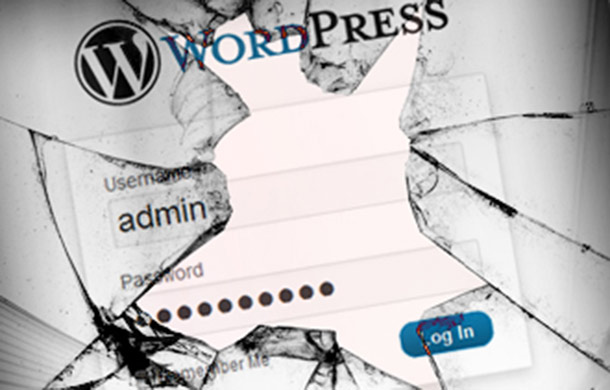
For millions of people, it’s not a workday without it—video conferencing. And plenty of business gets done that way, which has made conferencing a target for hackers. That then begs the important question, how secure is video conferencing?
The answer is pretty secure, if you’re using a reputable service. Yet you can take further steps to keep hackers and party crashers out of your meetings.
Why would someone want to crash your meeting?
Hackers and party crashers are likely motivated by one of two things: financial gain or mischief.
Given that some meetings involve confidential or sensitive information, someone might have financial motivation to join in, spy on, or record the meeting. Recently, we saw the lengths at least one AI company allegedly went to on one video conference call. And of course, some bad actors just want to cause a disruption. As we saw in recent years, they’ll barge right into a meeting and create a ruckus with rude speech and other antics. Falling somewhere in between, some hackers might try to intrude on a meeting and slip a malware-laden attachment into chat. For one, that can lead to a major disruption. And in a business context, financial disruption as well.
How do they pull it off? The typical avenues of attack apply. They might use stolen or hijacked accounts. The meeting was inadvertently set to “public,” allowing anyone with a link to join. Otherwise, they might compromise a victim’s device to piggyback their way in.
Protecting your video calls
As millions of people around the world practice social distancing and work their office jobs from home,
Use a service with end-to-end encryption
Put simply, end-to-end encryption provides a solid defense against prying eyes. With it in place, this form of encryption makes it particularly difficult for hackers to tap into the call and the data shared within it. Secure video conferencing should use 256-bit AES GCM encryption for audio and video, and for any sharing of screens, whiteboard apps, and the like. On a related note, read the service’s privacy policy and ensure that its privacy, security, and data measures fit your needs.
Make your meetings private and protect them with a password
Keep the uninvited out. First, setting your meeting to private (invitees only) will help keep things secure. Some apps also provide a notification to the meeting organizer when an invite gets forwarded. Use that feature if it’s available. Also, a password provides another hurdle for a hacker or bad actor to clear. Use a fresh one for each meeting.
Use the waiting room
Many services put attendees into a waiting room before they enter the meeting proper. Use this feature to control who comes in and out.
Block users from taking control of the screen
Welcome or unwelcome, you can keep guests from taking over the screen. Select the option to block everyone except the host (you) from screen sharing.
Turn on automatic updates
By turning on automatic updates, you will get the latest security patches and enhancements for your video conferencing tool as soon as they become available.
Get wise to phishing scams
Some interlopers make it into meetings by impersonating others. Just as bad actors will use phishing emails and texts to steal personal financial information, they’ll use them to steal company credentials as well. Our Phishing Scam Protection Guide can show you how to steer clear of these attacks.
Avoid public Wi-Fi
Public Wi-Fi is exactly that. Public. This means anyone, with effort, can tap into your connection and gain access to the data and information shared. If you have to hop on a meeting, with your device and public Wi-Fi, use a VPN to keep the connection secure.
Use online protection software
Comprehensive online protection software like ours can make for safer calls in several ways. For one, it protects you against malware attacks, such as if a bad actor tries to slip a sketchy download into your meeting. Further, it includes a password manager that creates and stores strong, unique passwords securely. This can help increase the security of your video conferencing account.





